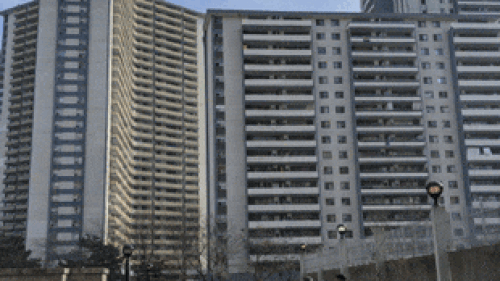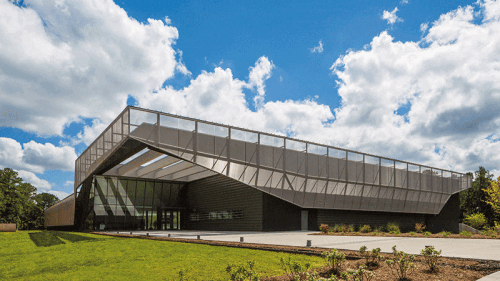Design and Planning
ULI will announce the winner(s) by October, and the jury will allocate a prize purse of $10,000 to one or more winning project teams.
ULI has announced 10 finalists in the inaugural 2020 ULI Europe Awards for Excellence, a regional extension of the ULI Global Awards for Excellence dating back to 1979, for projects that exemplify best land use practices from across the Europe, Middle East, and Africa region.
A redevelopment plan for a Miami site presented by a team comprising students from Columbia University and Pratt Institute has taken top honors in the 2020 ULI/Gerald D. Hines Student Urban Design Competition.
Panelists at the 2020 ULI Arizona Trends Day discussed how they are reducing the focus on abundant parking to provide more walkable open space which can be activated. One transit-oriented development in Tempe is billing itself as “car free” as it emphasizes bike lanes, walking, and access to light rail.
Aging high-rise residential towers in the city of Toronto are home to nearly 13 percent of the current population, but are falling behind on maintenance. A ULI Advisory Services panel was invited to evaluate a range of solutions.
Ten research and education facilities make connections with nature, existing campuses, and communities.
With the challenges of technology, mobility, sustainability, and social inclusion, the public and private sectors are working together successfully to build thriving places. Reinventing underused urban spaces to prioritize people is the way. A panel at ULI Europe’s 2020 conference in Amsterdam, moderated by Marilyn Jordan Taylor, professor of architecture and urban design at the University of Pennsylvania and a former ULI global chair, discussed four successful projects around the globe.
Four teams have been selected as the finalists for the 18th annual ULI/Gerald D. Hines Student Urban Design Competition, which challenges graduate students to devise a comprehensive design and development plan for a site in an urban area.
Insurers and investors adopt new models to calculate how the changing climate will affect long-term asset values.
A wayfinding project enhances identity in Mount Prospect, Illinois.





